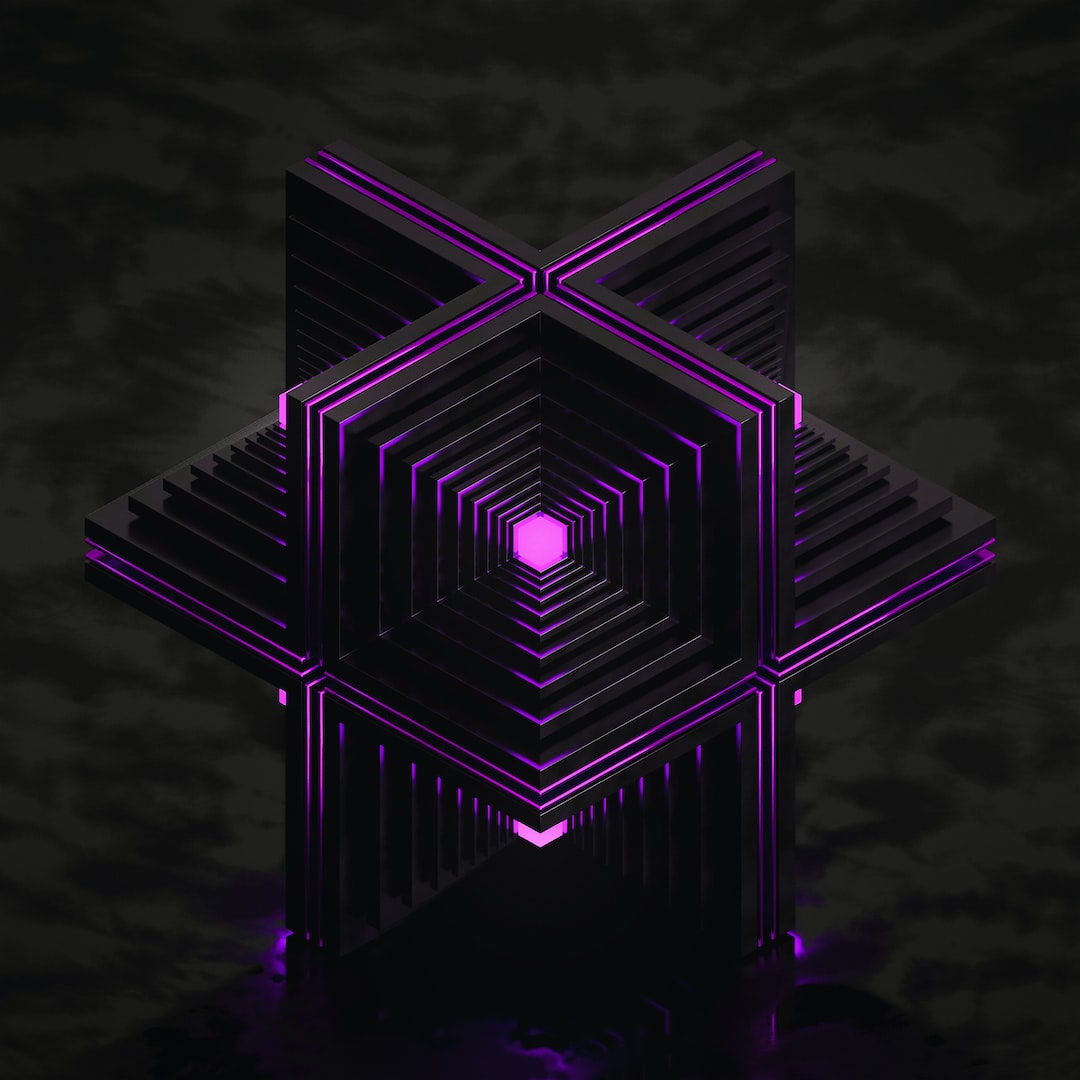In the dynamic world of digital content creation, the demand for skilled 3D character artists is soaring higher than ever. Game developers, animators, and filmmakers are constantly on the lookout for talented professionals who can bring their visions to life. If you’re a 3D character artist, you’re part of a vibrant and sought-after community, and you’re in the right place to flourish.
At 3D CHARACTER STUDIO, we’ve created a platform tailored to the needs of 3D character artists and their clients. Our mission is to streamline the process, facilitate effective communication, and connect talented artists with exciting projects in the worlds of gaming, animation, films, and beyond. In this blog post, we’ll explore the advantages of our platform and the incredible opportunities it offers.
1. Quality Assurance: Where Professionals Shine
Our platform is exclusively dedicated to 3D character freelancers. Every member of our team is a seasoned professional with a proven track record in the industry. When you join our community, you become part of an elite group of artists committed to delivering high-quality work. This commitment to professionalism sets us apart and ensures that your talents are recognized and rewarded.
2. Diverse Opportunities: Games, Animation, Films, and More
Whether you’re passionate about gaming, mesmerized by the magic of animation, or drawn to the allure of cinematic storytelling, our platform offers a diverse array of projects to suit your creative preferences. You have the opportunity to work on projects that span across different media, helping you grow as an artist and expand your portfolio.
3. Streamlined Communication: A Game-Changer for Success
Effective communication is the backbone of any successful freelance project. At [Your Freelance Website], we understand the importance of clear and efficient communication between artists and clients. Our platform provides integrated tools to facilitate direct and hassle-free interactions, ensuring that everyone is on the same page and that your creative vision is understood and appreciated.
4. Supportive Community: Grow with Like-Minded Artists
Being a freelance artist can sometimes feel solitary, but not on our platform. You’ll be part of a vibrant community of like-minded professionals who share their experiences, tips, and insights. This network can help you grow, learn, and build meaningful relationships with fellow artists who understand your journey.
5. Financial Security: Get Paid for Your Passion
We understand that pursuing your passion while maintaining financial stability is crucial. Our platform offers secure payment systems that guarantee that you’ll receive compensation for your hard work. You can focus on your art and leave the administrative headaches to us.
6. Showcase Your Skills: Your Profile, Your Portfolio
With our user-friendly profile and portfolio tools, you can showcase your skills and highlight your previous work, making it easier for potential clients to find and hire you for their projects. Your portfolio becomes a digital masterpiece, demonstrating your unique style and expertise.
In conclusion, at [Your Freelance Website], we’ve designed a platform that empowers 3D character artists to succeed in the competitive world of digital content creation. We prioritize professionalism, efficient communication, and a supportive community, all while offering a diverse range of projects and ensuring your financial well-being. If you’re a 3D character artist, this is your ticket to success and creative fulfillment.
Join us and start your journey toward a thriving freelance career that lets your talent shine in the worlds of gaming, animation, films, and beyond. With [Your Freelance Website], the world of 3D character freelancing is at your fingertips.
Publisher Details:
3D Character Studio – Professional Modelling
https://www.3dcharacterstudio.com/
We are a team of professional 3D artists. We work for clients across the globe, crafting unique and quality 3D characters with lasting impact.












